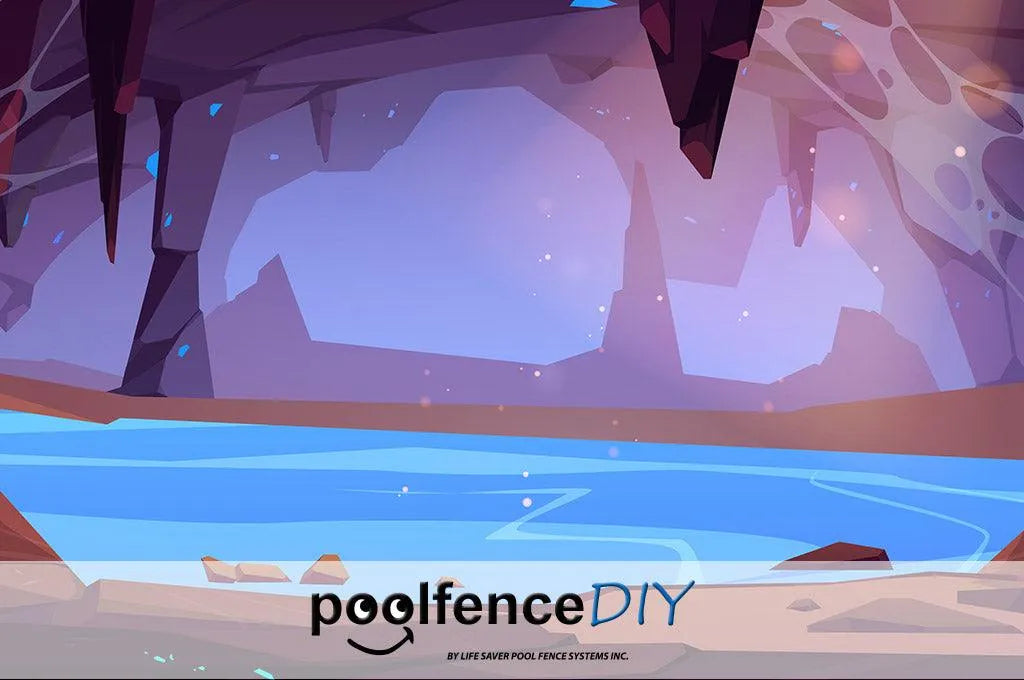The Potential Dangers of Cave Spelunking

The dangers of cave spelunking should be obvious, but far too often tragedy can strike. Cave spelunking, an adventure-filled activity that beckons to the most daring and adventurous of souls. It also offers an opportunity to explore the hidden realms beneath the earth's surface.
That said, amidst the allure of mystery and exploration lays an inherent danger that often goes underestimated – the risk of drowning in the labyrinthine passages of a cave, especially without the presence of lifeguards on duty. While cave diving accidents are relatively rare, the consequences can be devastating. In this article, we delve into the dangers of cave spelunking and the potential risks of drowning.
The Allure of Cave Spelunking
Cave spelunking, also known as caving or potholing, involves exploring natural cave systems. It appeals to adventurers who are seeking to uncover secrets hidden beneath the earth's surface, from breathtaking rock formations to underground rivers and waterfalls. The thrill of navigating through narrow passages and discovering unseen wonders draws enthusiasts from around the world.

The Tragic Reality
Amidst the excitement of cave exploration is a sobering reality – the potential for accidents, including drowning. For example, we just saw a bad situation in the news:
Four hikers met a tragic end in a cave on "Y" Mountain, colloquially known as "The Cave of Death." They became disoriented while attempting to navigate an underwater tunnel and drowned despite rescue efforts.
The victims, identified as young individuals from nearby towns, were found trapped between caverns near Seven Peaks Golf Course. The incident serves as a sobering reminder of the risks associated with cave exploration. It also underscores the importance of preparedness and caution in such environments.
Experienced cave explorers warn about the potential for panic and disorientation while spelunking, and emphasize the need for safety measures like ropes. Despite these precautions, the unpredictability of cave conditions can pose significant challenges, as evidenced by this tragic event.
Navigating the Risks
Cave spelunking poses several risks, with drowning being one of the most serious. Unlike swimming in open water, cave diving presents unique challenges, including limited visibility, unpredictable currents, and confined spaces. Without proper training and equipment, even experienced divers can find themselves in life-threatening situations.
Factors Contributing to Drowning
Several factors contribute to the heightened risk of drowning in cave environments:
Limited Visibility
The murky waters of cave systems can severely limit visibility, making it challenging to navigate and locate exits.
Underwater Entrapment
Narrow passages and submerged obstacles can trap divers, impeding their ability to surface for air.
Equipment Failure
Malfunctioning dive gear or inadequate lighting can further escalate the danger, especially in remote cave systems.
Panic Response
In the event of an emergency, panic can impair judgment and exacerbate the risk of drowning.
Limiting the Risks of Cave Spelunking
While cave spelunking presents inherent dangers, several measures can help mitigate the risk of drowning:
Training and Certification
Seek proper training from certified cave diving instructors to learn essential skills and safety protocols.
Equipment Inspection
Never set out on a spelunking adventure without proper gear. Above all, everyone should regularly inspect and maintain dive gear to aim for optimal functionality and reliability.
Buddy System
The buddy system works! Always dive with a trusted partner and maintain clear communication throughout the exploration.

Emergency Preparedness
Carry essential safety equipment, such as dive lights, safety reels, and emergency air supply, and familiarize yourself with emergency procedures.
Cave spelunking offers a unique and exhilarating opportunity to explore the hidden wonders of the underground world. However, it's essential to recognize and respect the inherent risks, particularly the potential for drowning in the complex passages of a cave.
By prioritizing safety, proper training, and preparedness, adventurers can minimize the dangers and enjoy the thrill of cave exploration responsibly. Remember, the allure of discovery should never outweigh the importance of safety in the pursuit of adventure.




